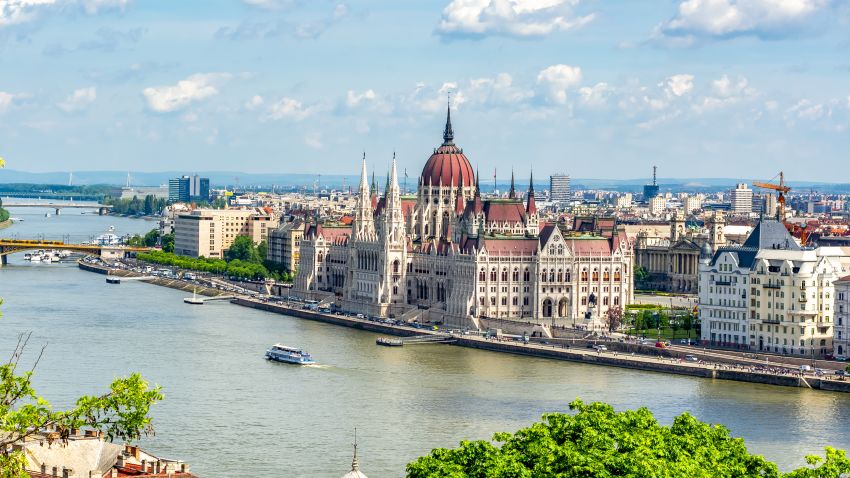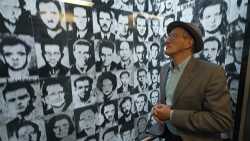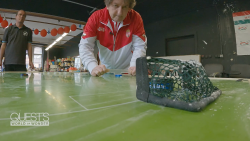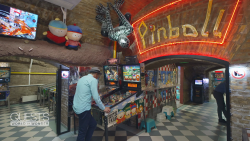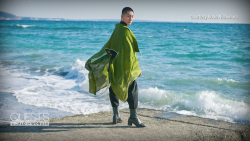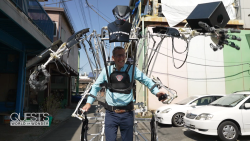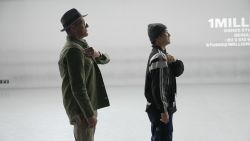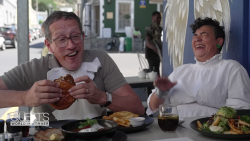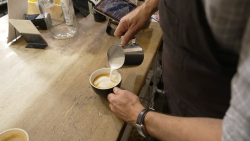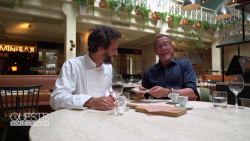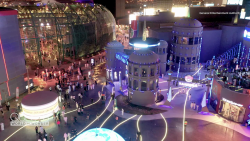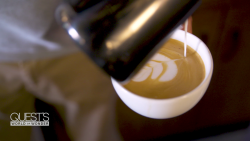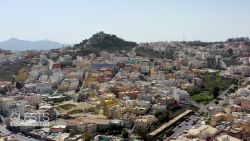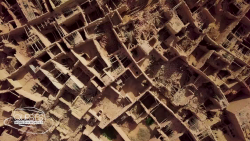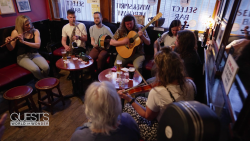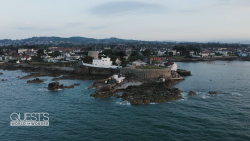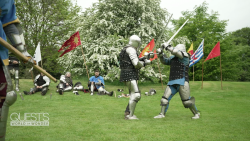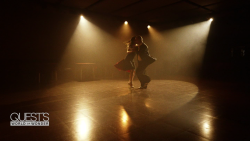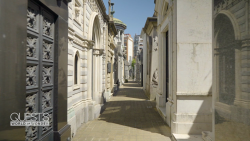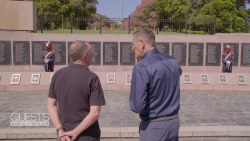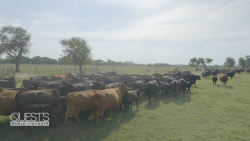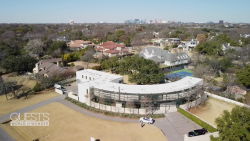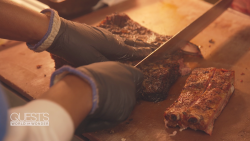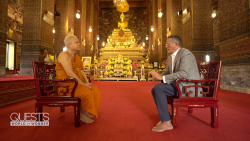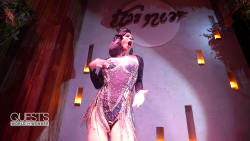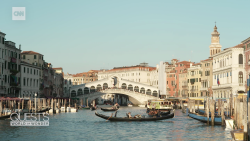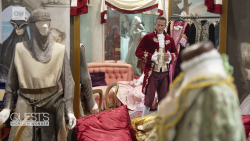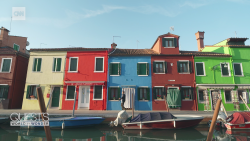Carved through and framed by the mighty River Danube, Budapest and its beautiful skyline make it one of Europe’s finest and most compelling cities.
Hungary’s capital became one city in 1873, when Buda, on the western banks of the Danube, and Pest, on the east, united to become the second largest city in the Austro-Hungarian Empire.
Its vast parliament building, citadel and castle are legendary. But it’s beyond these fabulous sights that the true Budapest reveals itself.
Today, Budapest is emerging from decades of fast-paced change, brought about by the collapse of communism in 1989 and the burst of creative energy that came with those newfound freedoms. The brutality of 40 years of communist rule and the preceding period of fascism has left its mark on the city, but there is a steadfastness here that feels inescapable. An ability to carry on in the face of the greatest of challenges.
Out of the ruins
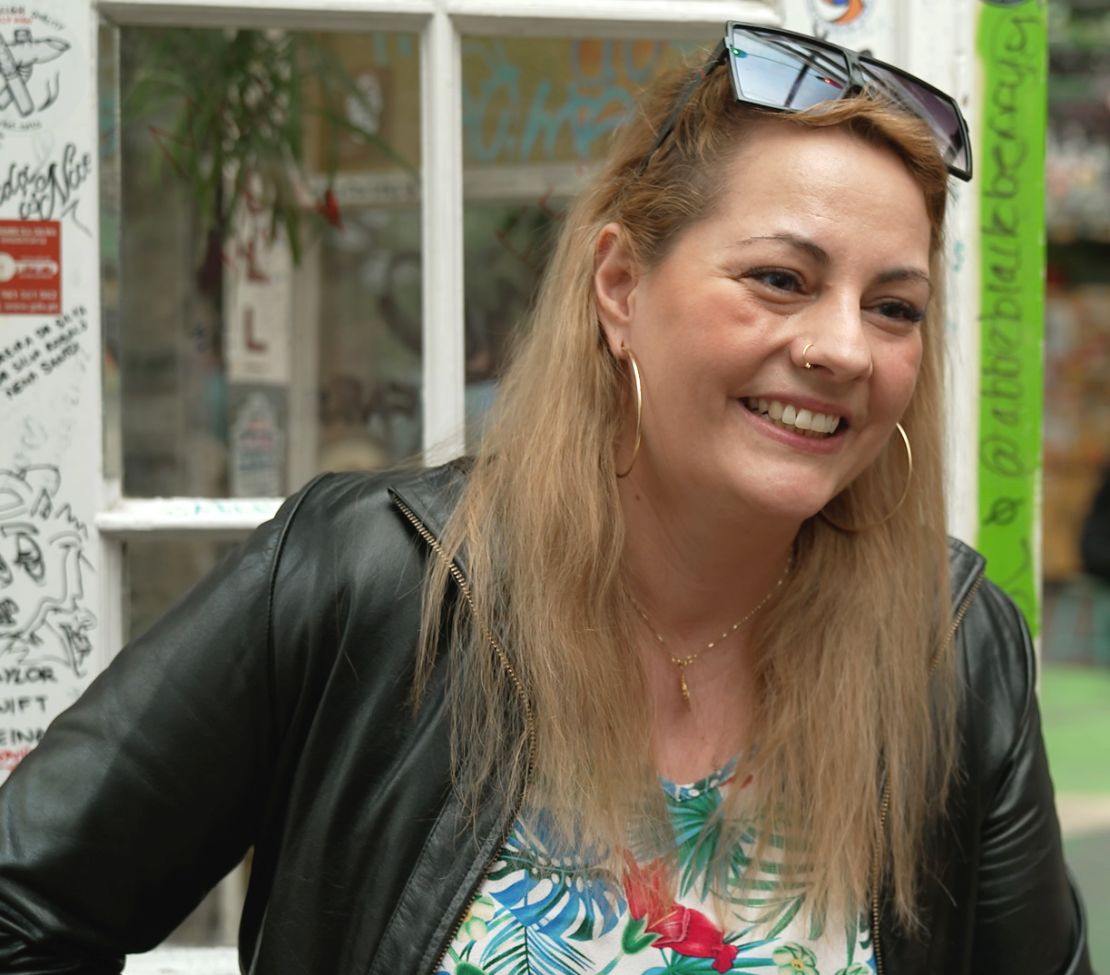
The Ruin Bars District is the apotheosis of local people seeing opportunity in adversity. And while many of those managing, working and drinking in these establishments may not remember the fall of the Berlin Wall, it’s clear that their psychology and philosophy have been affected by the momentous event.
Budapest’s ruin bars first emerged in the early 2000s, when young creatives looking for a new, affordable space for people to hang out began developing pop-up bars in crumbling buildings in the VII District, which during Nazi times had been the Jewish Ghetto.
Szimpla, which first opened in 2002 in a spot on Kazinczy Street, was quickly followed by a handful of others, helping to foster a hip scene that soon began attracting tourists.
“There was no money to invest, to rebuild them,” explains Katinka Orosz, who manages another bar. “And it was a kind of good way to find out something from this,” she adds, showcasing the mismatched furniture and shabby chic decor. The bars started out as cultural hubs, but it wasn’t long before the vibe became more party-focused.
“Twenty years ago this part of the city was very empty and ugly,” says Orosz. “(It was a) very hard economical situation.”
The change is something to behold. Spots like Szimpla and Fuge Udvar, replete with a fig tree in the bar itself, have become essential stop-offs for visitors to Budapest.
The Ruin Bar District has seen its success spread too, with other bars appearing in ruined buildings across the city. That means mainstream recognition, but it also helps reveal the vitality and urge for change after such a challenging period in Hungary’s history.
A delicate matter
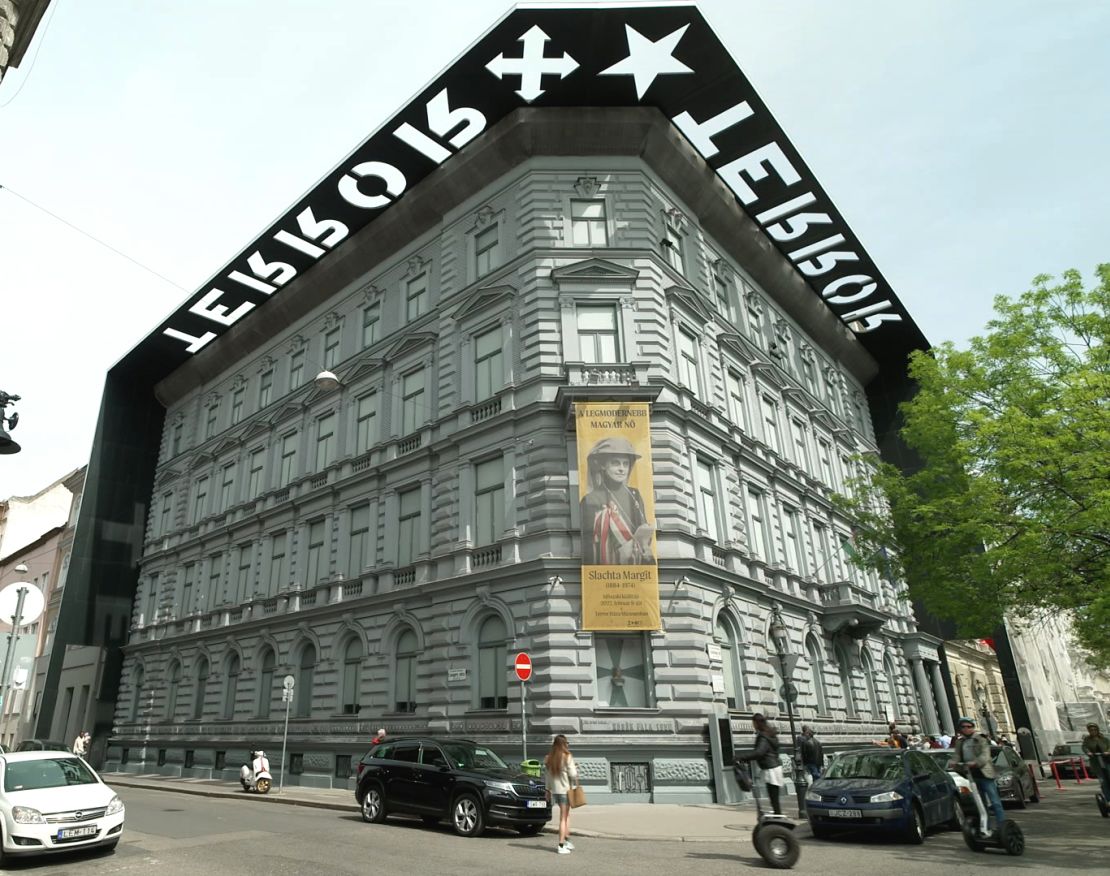
It’s a sobering fact that, just 35 years ago, Budapest had a much different feel compared with its current vibrant air. An atmosphere of fear and terror was pervasive and 60 Andrassy was the nerve center of it all.
Today, it’s home to the House of Terror museum. In previous incarnations it was the headquarters of the local Nazi party and, following World War II and Hungary’s position within the Soviet sphere of influence, the head of the communist secret police.
Since 2002 it has been a memorial to those captured, held, tortured and killed in this building by both regimes, during what those in Budapest call the double occupation. The wall of images showing the more than 3,000 people who perished here is a stark reminder of the brutality experienced by local people during the second half of the 20th century.
The blaring of communist propaganda and the cramped cells ensure visitors are left in no doubt as to how challenging these times were.
A hulking tank dominates the permanent exhibition. This speaks to the biggest, most chilling event in Hungary between the end of World War II and the collapse of communism: The 12 days in November 1956 when Soviet troops entered Budapest and brutally crushed an uprising demanding more democratic politics.
It’s an event that still looms large in Hungarian culture, one which showed the world how far the Soviet regime was willing to go to suppress dissent across the Eastern Bloc.
Coming to terms with Budapest’s history is not without challenge. To ignore it would be irresponsible, but addressing the wrongs is a delicate matter, even today.

While the House of Terror highlights the hidden horrors of the occupation, Memento Park shows the more obvious, outward attempts of communist rulers to exert their influence.
Here, more than 40 statues and monuments torn down after 1989 have been given a new home, designed to show how the Soviet Union wanted everyone to know who was really in charge.
It is an elegant solution to an age-old problem: How to preserve something that is clearly part of the country’s past, something you no longer wish to celebrate, but needs to be remembered.
An independent streak
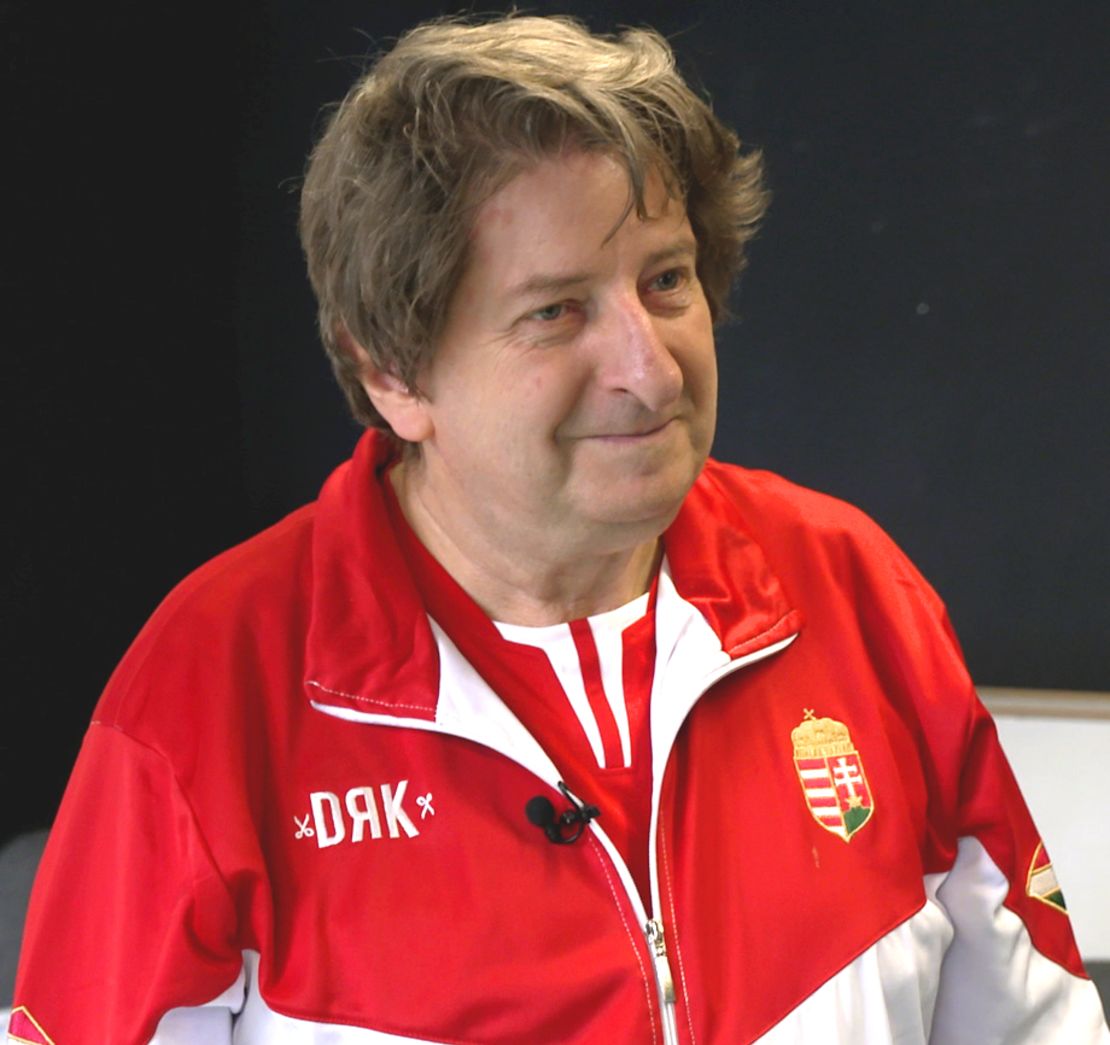
Today’s Hungary has a much different spirit compared with that of the country that was occupied for so long. It is part of the European Union, a member of NATO and feels more westward facing than ever.
That’s not to say, however, that the country, and Budapest in particular, does not have a strong independent streak. And nowhere sums this truly local vibe up quite like Bakancsos Piac, a bustling flea market. Away from the tourist trail, it is an institution, a suburban experience and a place for those who love an impulse purchase, not to mention somewhere to hone your bargaining skills.
Bakancsos Piac opens at 6 a.m. on weekends, all the better for those who love to pick up a bargain before breakfast. There’s every bit of bric-a-brac you could possibly want, from vintage lampshades to Egyptian-style bronze busts. Classic Beatles LPs stand next to chipped vases. It’s a place to pick up unique souvenirs, but also get a good look at the soul of the city too.
If Bakancsos Piac is imbued with the spirit of Budapest, then so too is the game of button football. Also known as sector football, this century-old pastime has a cult following of grown men, who came of age at a time when it was a key part of everyday life here.
The concept is simple: flicking buttons across a tabletop soccer pitch in a bid to score a goal. To master it, however, takes years of practice.
It is, explains legendary player Imre Horvath, a Hungarian national sport. He’s been playing for 52 years, right through communist occupation when the government would not allow him and his fellow players to form a national association.
Today, Horvath is president of the International Table Football Confederation, determined to keep the tradition alive. It is something he and his friends learned from their fathers and grandfathers, handed down in the spirit of independence that marks the game out as a Hungarian one-off.
Pinball wizards
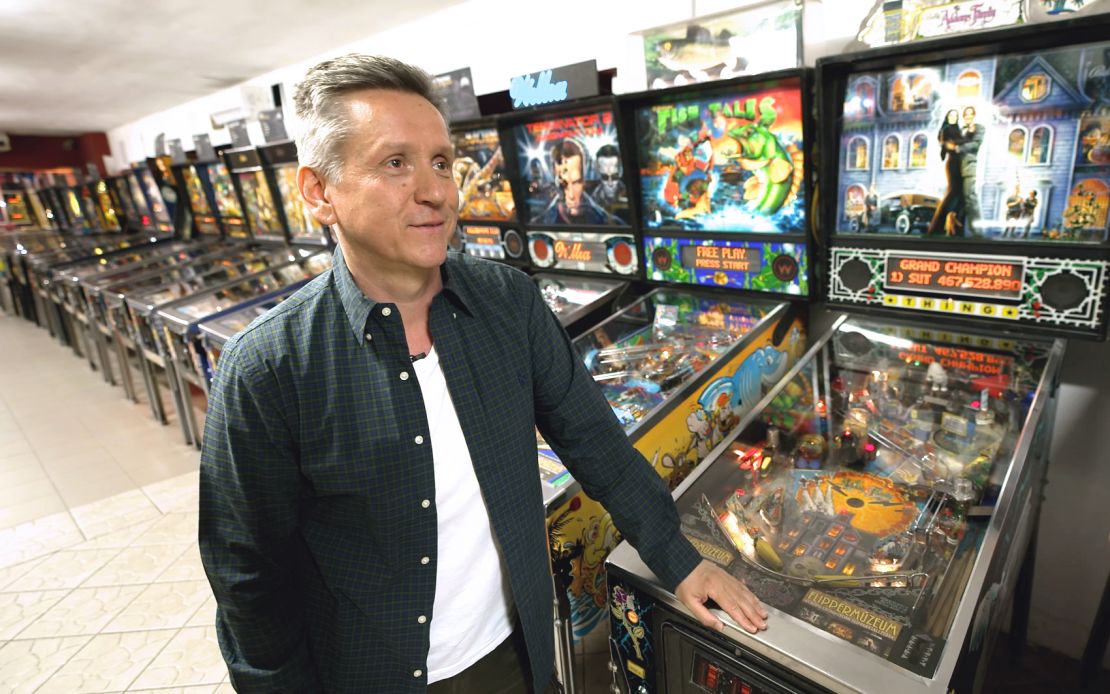
Although button football provided a much-needed diversion for many people during communist rule, more Western imports were also on offer. And just a short walk from the Danube, the iconic Budapest Pinball Museum (Flippermuzeum) showcases a period of misspent youth and a look at an unlikely source of excitement for kids starved of other kinds of fun during those lean years.
While the machines themselves, all incredible vintage models, bring back happy memories of childhood for Mark Pataki, who looks after the museum’s marketing, they also represent an ideal with which he grew up.
“For some reason the state imported these machines in large numbers into Hungary,” he explains. “Basically, these machines meant the Western world: a taste of freedom and belonging.”
Some of the machines feature fancy LEDs and movie themes. But there’s even a vintage model dating back to 1947, with just the flippers and pinballs and a fiendishly difficult setup that makes it impossible to play. It’s a slice of Hungarian history that feels entirely in keeping with Budapest’s quest to find hope amid the darkness.
It’s this energy that perhaps defines modern day Budapest. It is a city steadfast in raising up its traditions and culture in the face of adversity, while fostering a determined spirit that gives the place an independence all of its own.
